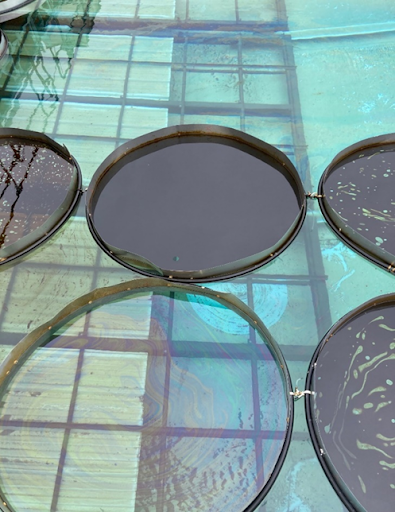NOAA and Partners Release New Report on Estimating and Measuring Oil Slick Thickness
FEB. 13, 2023 — NOAA and partners recently released a new report on oil slick thickness, "Comparing Recent Advances in Estimating and Measuring Oil Slick Thickness: An MPRI Technical Report."

The OR&R multi-year Canadian Multi Partner Research Initiative funded project involved several years of collaboration including conducting a workshop with multiple oil spill response and assessment stakeholders, followed by testing with eight different scientists who can estimate and/or measure oil slick thickness.
Understanding oil slick thickness is important for spill response and assessment — responders need to know where the heavy oil is to guide deployment of limited response assets, or the size of the total oil "footprint” on the water. Responders need to know how surface oil of different thicknesses mix into the shallow surface mixing layer for fate and transport modeling, for understanding how sensitive resources such as early life stages of fish and plankton that are just beneath the slick are affected by the oil mixed into the water.
With funding from the Canadian Multi Partner Research Initiative, the Coastal Response Research Center worked with NOAA and partners (the Bureau of Safety and Environmental Enforcement, the U.S. Coast Guard, the Environmental Protection Agency, and the Alaska Oil Spill Recovery Institute) to develop lab test protocols that can be used to determine which sensors and samplers work best under various oil slick conditions. Which sensors can detect thin sheens? Which work better in heavy oil? How fast can they produce results for responders or assessors?
Controlled tests were conducted at the University of New Hampshire’s high bay oil testing facility and at the Ohmsett test tank facility with different operators of sensors and samplers. The final report describes the testing protocols that were developed and the findings of the experiments.
